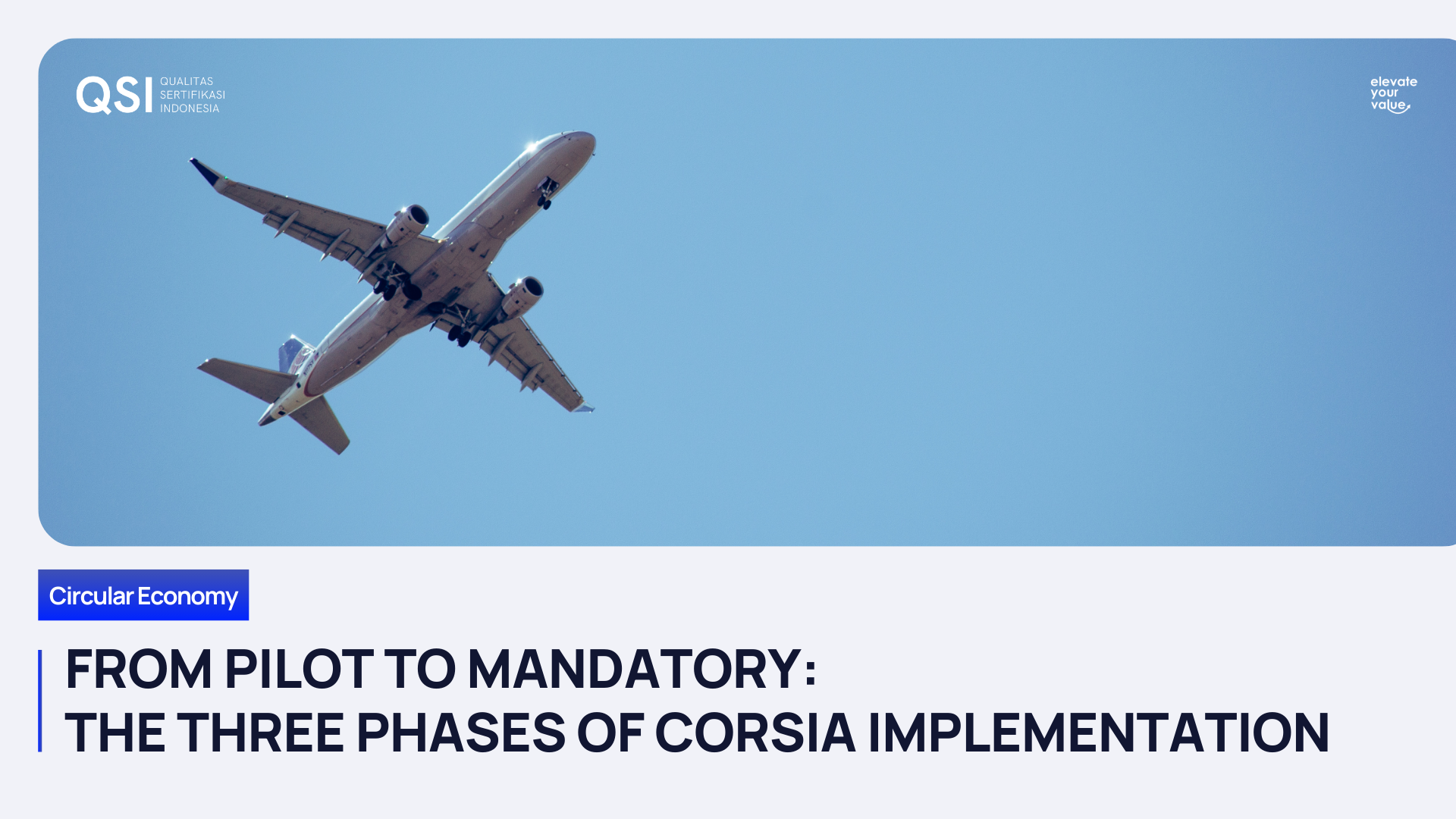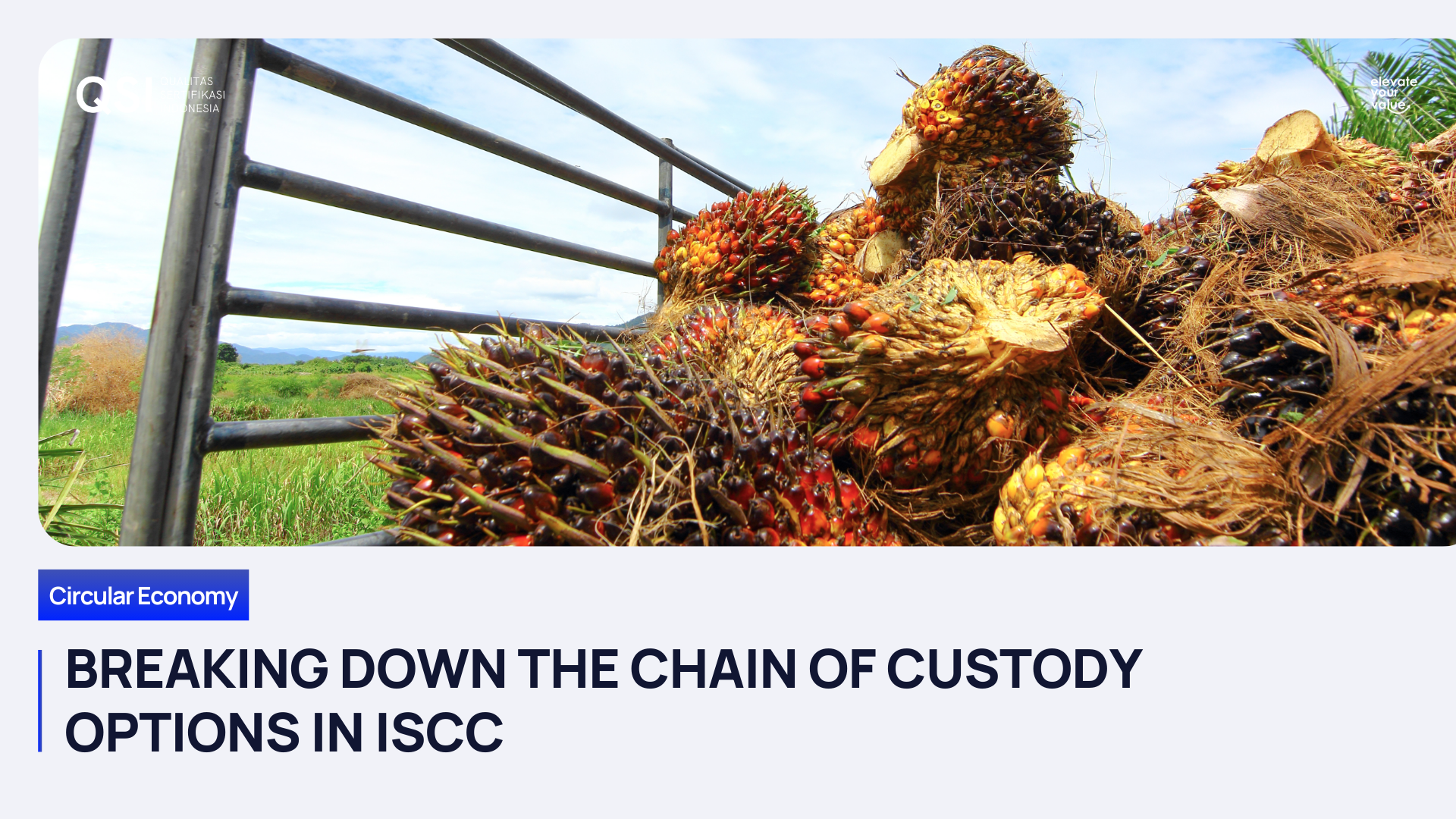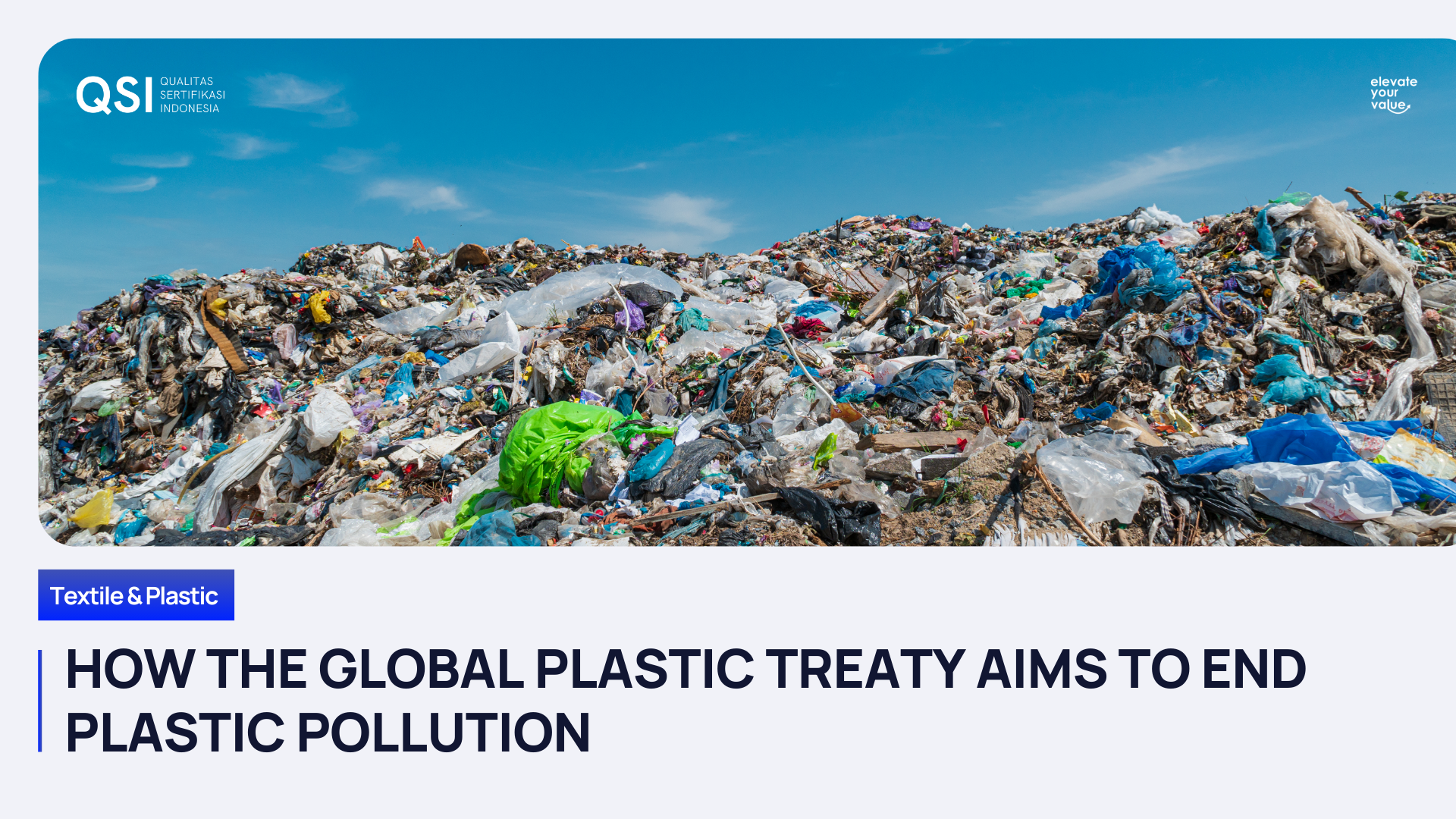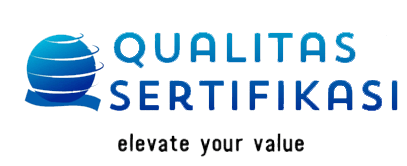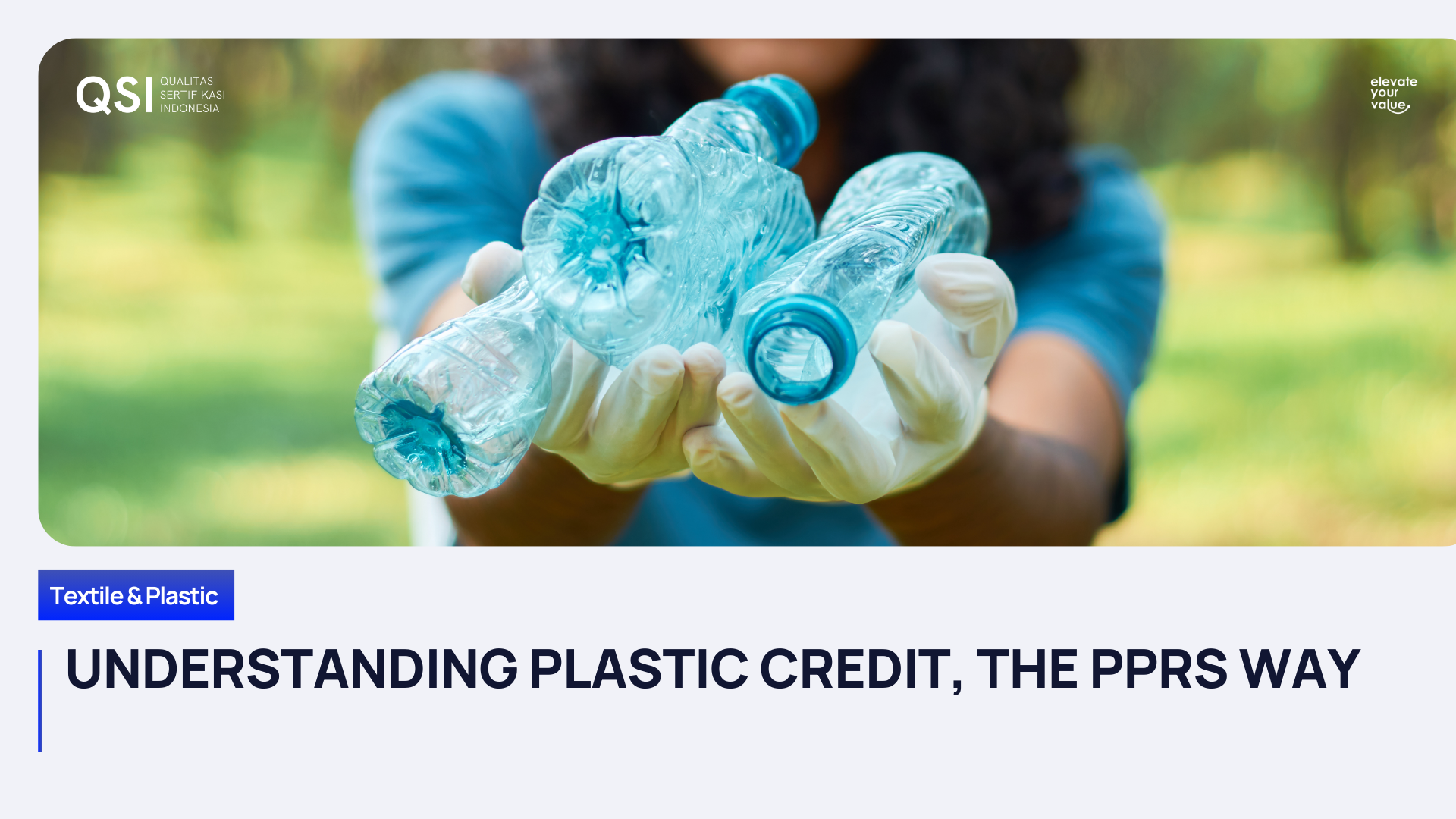How These 4 Big Brands are Navigating the Wave of Sustainability with Ocean Bound Plastic
Welcome back, Qualizer! It's great to have you with us for another insightful conversation about plastic pollution. We all know it has become a rallying cry for companies worldwide. But beyond mere awareness campaigns, big brands like HP, Dell, LVMH, and Mattel are taking concrete steps to combat this crisis by incorporating ocean bound plastic into their products. In this article, we'll delve into how these brands are contributing to the preservation of marine life and explore their success stories in creating sustainable products for a healthier future for marine life and generations to come.

HP
HP is one of the first companies to use ocean bound plastic in its products and packaging, such as laptops, monitors, and ink cartridges. The global technology giant has sourced more than 1 million pounds of ocean bound plastic, equivalent to more than 35 million plastic bottles, from its supply chain in Haiti and other countries. HP also supports local communities by creating income opportunities and improving education and health.
The company has also utilized over 716,000 pounds of ocean-bound plastic in its products since 2016, preventing the equivalent of approximately 25 million plastic bottles from entering oceans. This initiative not only reduces the demand for virgin plastic but also contributes to the overall health of marine ecosystems.

Dell
Dell Technologies is another major player in the tech industry that using ocean bound plastic in its products, such as the Latitude 5000 series laptops, which have lids made from 71% recyclable and renewable materials, including tree-based bioplastic, reclaimed carbon fiber, and post-consumer recycled plastic. The laptop fan housing also contains 28% recycled ocean bound plastic. Dell is a founding member of NextWave Plastics, a consortium of companies working to create a global network of ocean bound plastic supply chains. Dell has diverted the equivalent of 2.27 billion water bottles from entering the ocean since 2017.

Moët Hennessy Louis Vuitton (LVMH)
Stepping into the world of luxury, LVMH, the parent company of iconic brands like Louis Vuitton, Christian Dior Couture, and GIVENCHY has committed to using 100% recycled or bio-sourced plastic in its packaging by 2025. Furthermore, their LIFE 360 program focuses on eliminating fossil-based virgin plastic from packaging by 2026. In 2022 alone, LVMH processed around 3,144 metric tons of waste, including plastics.
LVMH has also partnered with Prevented Ocean Plastic, to make their first environmentally friendly wine. It is a 2021 vintage rosé from Château Galoupet, one of only 18 Cru Classé estates in Provence. The bottle is entirely made of recycled Prevented Ocean Plastic and can be recycled again.

Mattel
Mattel, Inc. is a toy company that produces popular brands such as Barbie, Hot Wheels, and Fisher-Price. Mattel has launched Barbie Loves the Ocean, its first fashion doll line made from recycled ocean bound plastic. The collection features three dolls whose bodies are made from 90% recycled ocean bound plastic parts, as well as a Beach Shack playset and accessories, which are made from over 90% recycled plastic.
Mattel has also introduced a new brand campaign, The Future of Pink is Green, to engage kids in supporting a greener future.
These success stories are just the tip of the iceberg. By embracing ocean bound plastic, these brands are not only creating innovative products but also sending a powerful message to consumers and the industry as a whole. Their commitment to sustainability is inspiring others to follow suit, creating a ripple effect that can have a profound impact on the health of our oceans for generations to come.
Interested in making a difference? Explore the Ocean Bound Plastic Certification Program on our website or contact us for more information. Our team is here to provide the support and guidance you need to join the ranks of environmentally conscious businesses!
Recent posts
Drop us a line
Contact Us
Share
